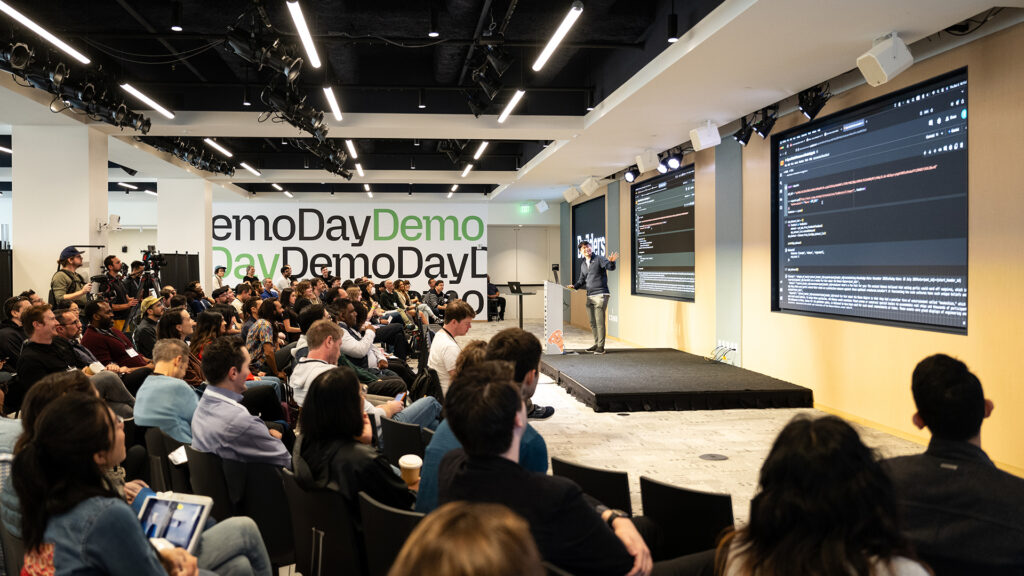Haiku is already awash with browsers to choose from, with Falkon (yes, the same one) being the primary choice for most Haiku users, since it offers the best overall experience. We’ve got a new addition to the team, however, as Firefox – in the form of Iceweasel, because trademark stuff and so on – has been ported to Haiku. Jules Enriquez provides some more background in a post on Mastodon: An experimental port of Firefox Iceweasel is now available on HaikuDepot! So far, most sites are working fine. YouTube video playback is fine and Discord just works, however the web browser does occasionally take itself down. Still rather usable, though! If @ActionRetro thought that Haiku was ready for daily driving with Falkon (see first screenshot), then rebranded Firefox surely has to make it even more viable by those standards! It should be noted though that just like with Falkon, some crash dialogs can be ignored (drag them to another workspace) and the web browser can still be used. ↫ Jules Enriquez It’s not actually called Firefox at the moment because of the various trademark restrictions Mozilla places on the Firefox branding, which I think is fair just to make sure not every half-assed barely-working port can slap the Firefox logo and name on itself and call it a day. As noted, this port is experimental and needs more work to bring it up to snuff and eligible for using the name Firefox, but this is still an awesome achievement and a great addition to the pool of applications that are already making Haiku quite daily-drivable for some people. Speaking of which, are there any people in our audience who use Haiku as their main operating system? There’s a lot of chatter out there about just how realistic of an option this has become, but I’m curious if any of you have made the jump and are leading the way for the rest of us. Action Retro‘s videos about Haiku have done a lot to spread the word, and I’m noticing more and more people from far outside the usual operating system circles talking about Haiku. Which is great, and hopefully leads to more people also picking up Haiku development, because I’m sure the team can always use fresh blood.

.png)



